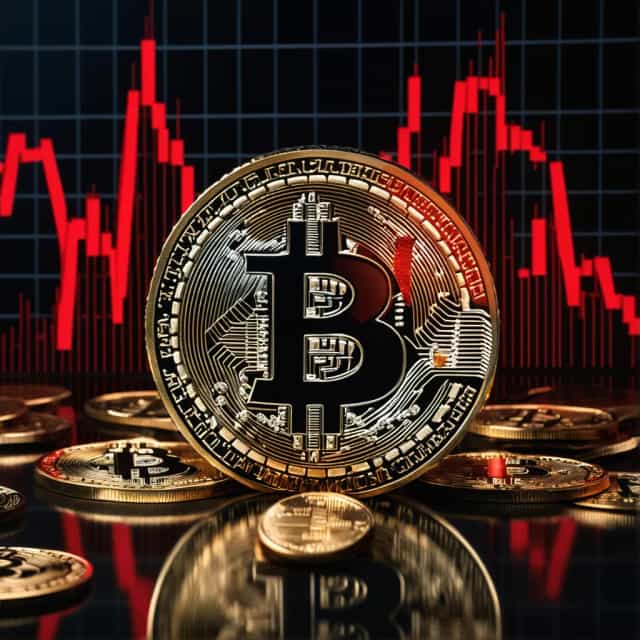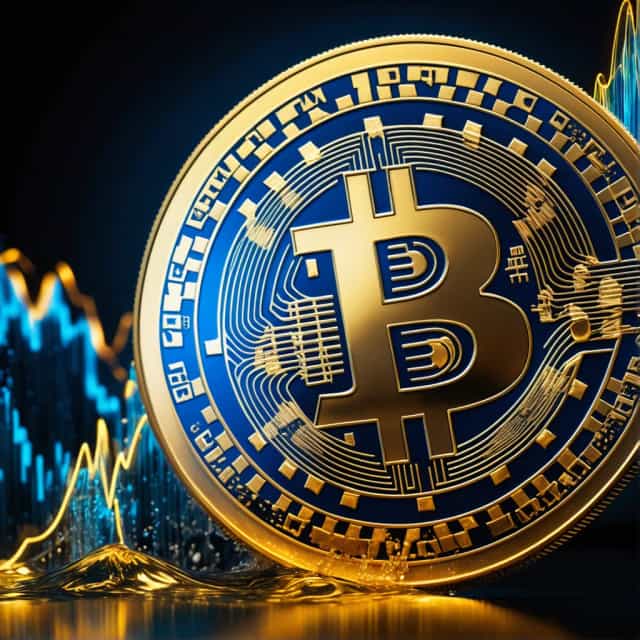Bitcoin Bulls Face $98K Hurdle—Market Rally Pauses
Why couldn't Bitcoin surpass the $98,000 level?
Why does Bitcoin move similarly to the S&P 500 Index?
How do we know investors expect Bitcoin to rise?

- Bitcoin Fails to Surpass $98,000 Resistance Level
- Traditional Financial Market Recovery Positively Impacts Bitcoin
[Unblock Media]
Bitcoin increased by 6.5% to $92,458 on December 23 but failed to surpass the $98,000 resistance level. This follows a sharp 14.5% drop since reaching an all-time high of $108,275 on December 17.
The monthly contract premium for Bitcoin futures is at 12%, an unusually high level compared to past data. Generally, a premium between 5% and 10% is considered neutral. A high premium indicates that investors strongly expect Bitcoin to rise further.
Bitcoin derivatives have remained neutral to bullish. This suggests that sharp price changes have not significantly affected market sentiment. This position supports a sustainable rally above $105,000. Additionally, bullish momentum is evident despite record outflows from BlackRock's iShares Bitcoin Trust ETF.
Bitcoin put (sell) options are trading at a 2% discount compared to equivalent call (buy) options, consistent with the trend over the past two weeks. When whales and market makers anticipate a potential correction, this indicator typically exceeds 6%, showing a premium on put options.
The recent recovery in traditional financial markets has also contributed to Bitcoin's rise above $98,000. On December 24, the S&P 500 Index recouped its monthly losses, while the yield on U.S. 10-year Treasury bonds rose to 4.59% from 4.23% two weeks earlier. This indicates that investors are demanding higher returns to hold government debt. The high correlation between Bitcoin and the S&P 500 is noteworthy, suggesting that investors may consider Bitcoin as an alternative investment amidst traditional market volatility. Currently, Bitcoin's correlation with the S&P 500 Index is relatively high at 64%.
The Federal Reserve has scaled back its interest rate reduction outlook, adjusting the anticipated cuts in 2025 from four to two. This reduces the risk of declining corporate profits and real estate finance issues in the short term.
In Bitcoin's margin market, the long-to-short margin ratio is currently 25:1 in favor of long (buy) positions. Historically, when this ratio exceeded 40:1, excessive confidence in the market led to significant volatility. A ratio below 5:1 is generally considered bearish.
On OKX, the Bitcoin long-to-short margin ratio is currently 25:1 in favor of long (buy) positions. Historically, excessive confidence has pushed this ratio above 40:1, while a level below 5:1 is generally seen as bearish.
It is important to analyze Bitcoin's margin market to assess market sentiment. Unlike derivatives contracts, margin trading does not require simultaneous buying and selling. The margin market allows traders to borrow stablecoins to purchase Bitcoin or borrow BTC to take short positions.
Bitcoin's upward trend is limited as investors remain concerned about the risks of a global economic downturn. Under these conditions, it is challenging to predict the overall impact on the stock market and real estate assets.
Get real-time crypto breaking news on Unblock Media Telegram! (Click)
Recommended News
Bitcoin Slides Below $88K as Traders Brace for Fed Cut

Bitcoin Hits $90K as Fed Signals Rate Cuts, Market Rebounds

Bitcoin Slips Below $90K as U.S. Jobs Data Sends Mixed Signals

Bitwise Eyes $200K Bitcoin as Crypto Volatility Rages On

Bitcoin Recovery Forecast Hinges on Federal Reserve Rate Cut and Liquidity Growth






